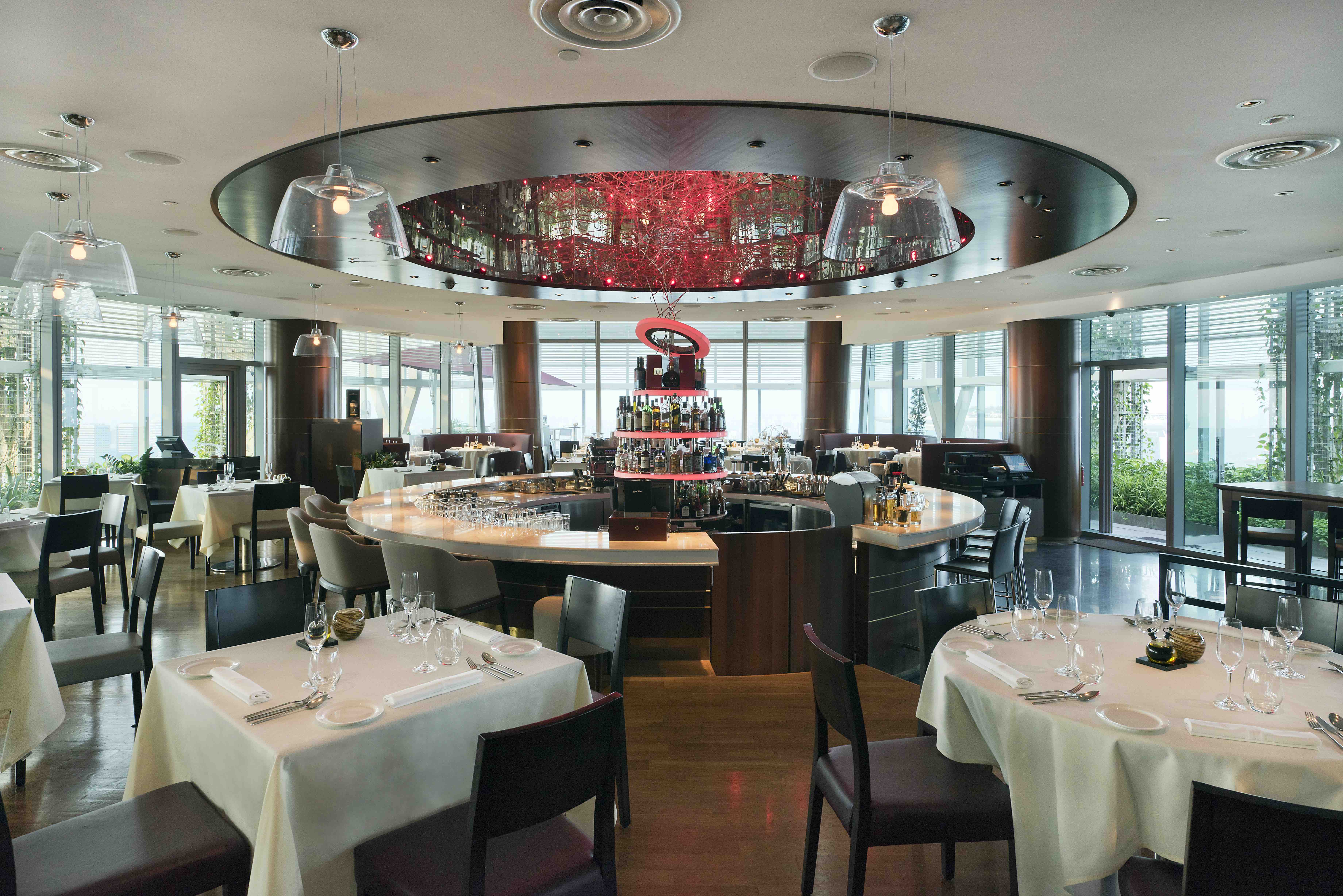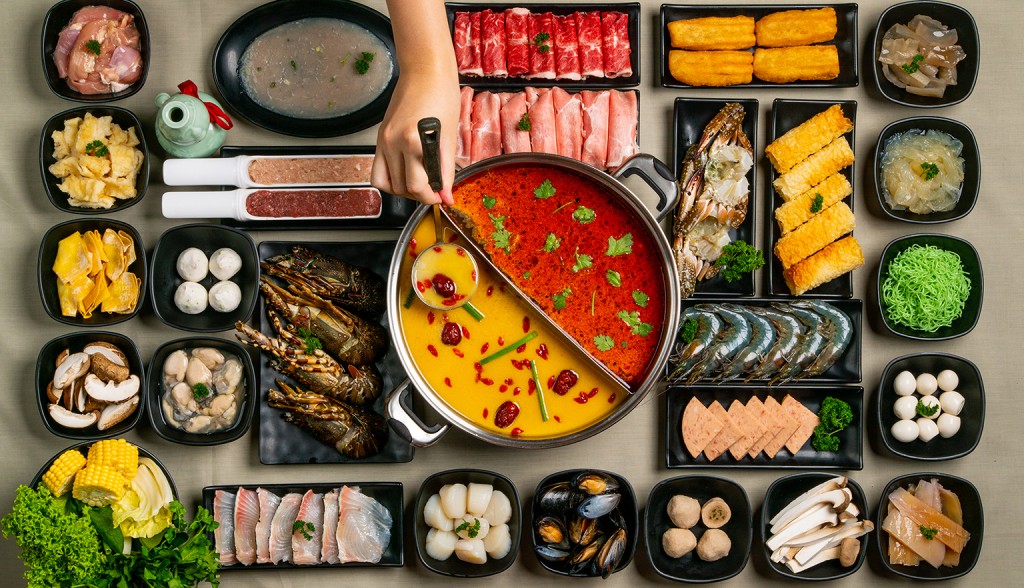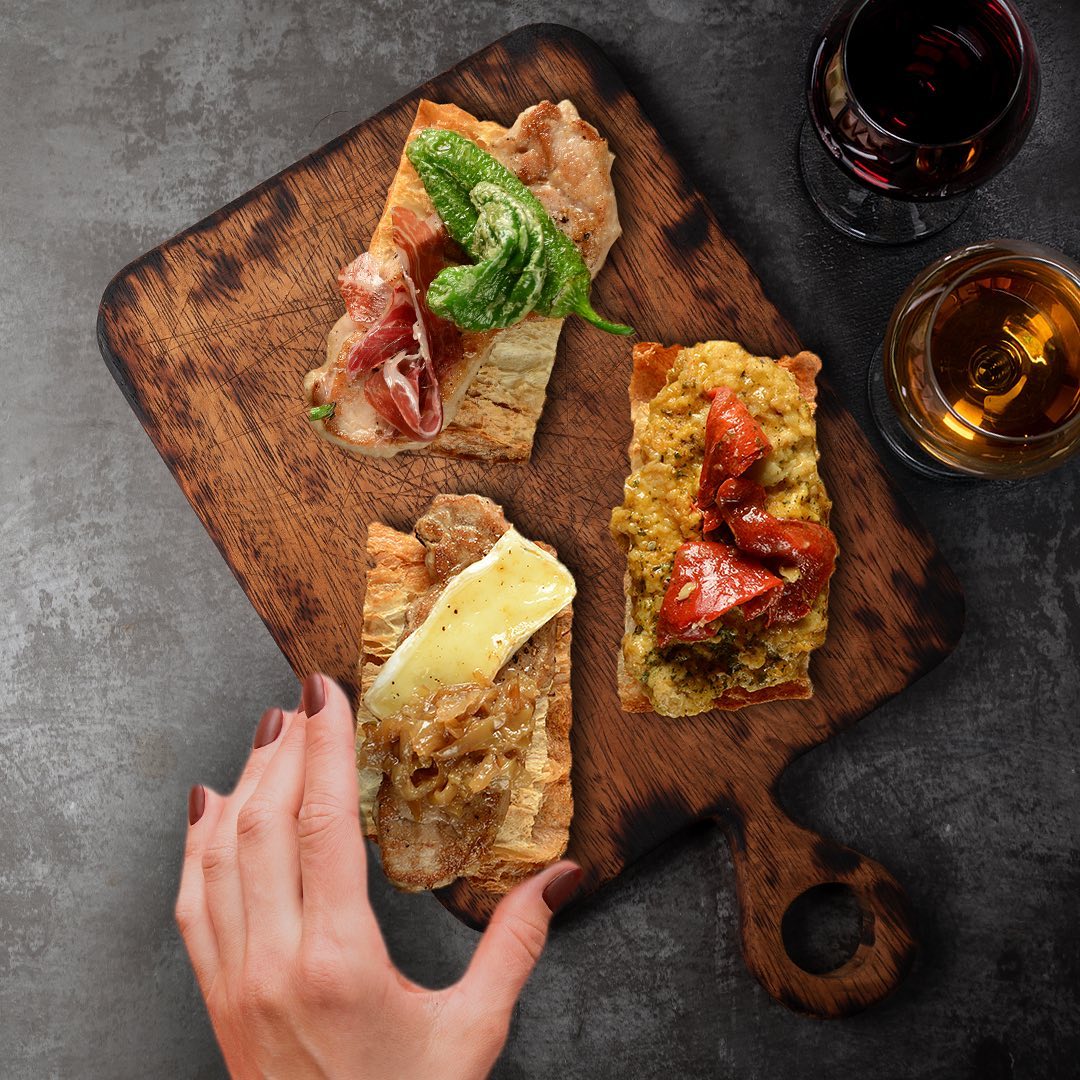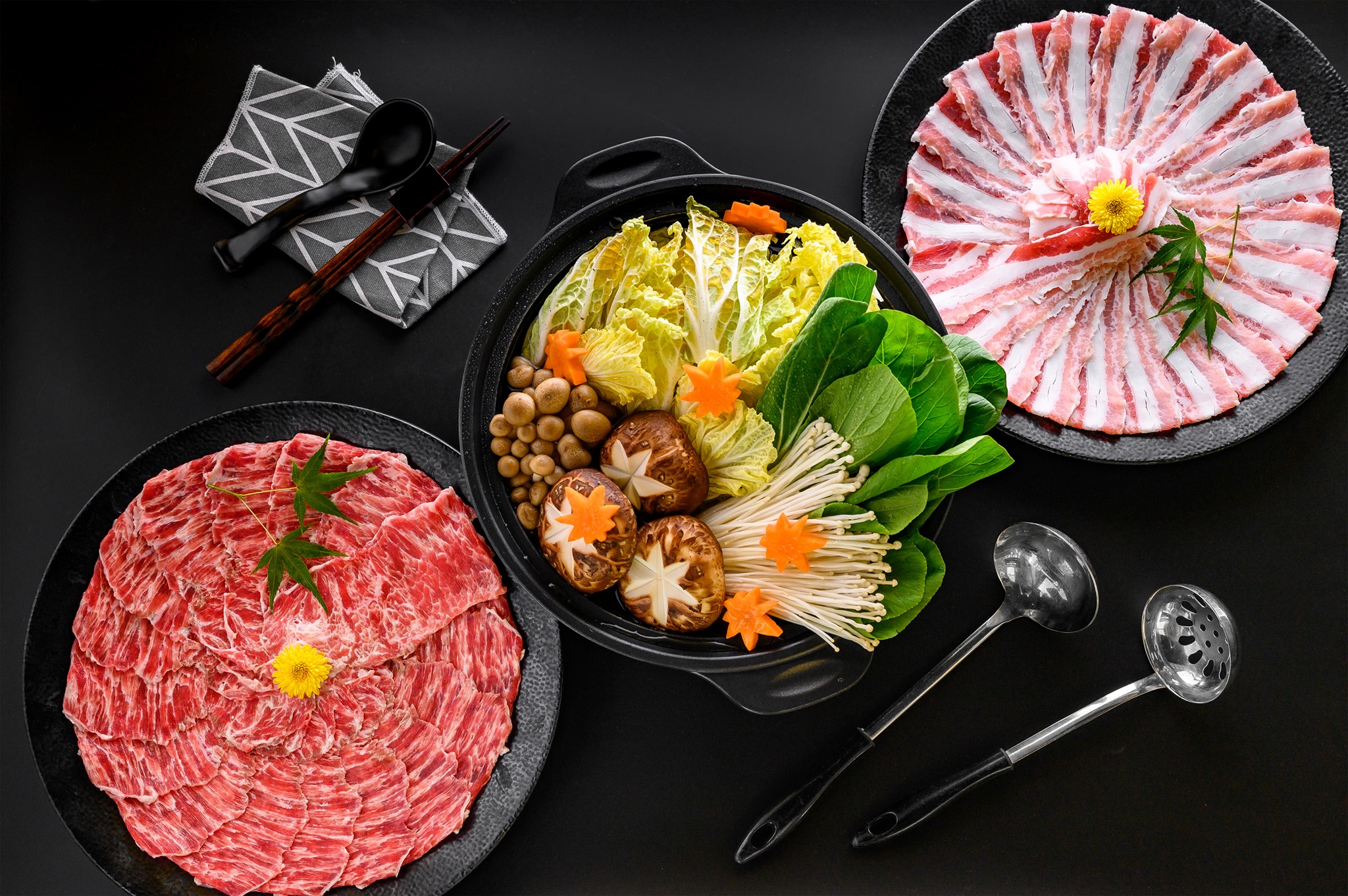Singaporeans consume approximately 140 million kilos of seafood each year, more than 90 percent of it is imported and most of it comes from countries like Indonesia and the Philippines, home to delicate ecosystems—making the issue of sustainable seafood very relevant to us. The buzzword has been in and out of the news the past few years, mostly in relation to anti-shark fin campaigns like Shark Savers’ I’m FINished with FINS and hotels like the Hilton removing all shark-related products from their menus. But actively going after sustainably sourced seafood is another matter, and the WWF’s week-long Sustainable Seafood Festival (June 8 to 15) brings to light difficulties restaurants face making it an all-year business decision.
Bottom of the Food Chain
First and foremost, it seems that there just isn’t enough of the good stuff available from suppliers for chefs to get their hands on, says Francois Mermilliod, head chef of French restaurant Absinthe. The restaurant is participating in the WWF festival, but Mermilliod adds that it’s hard to serve sustainable seafood all year round. “Another challenge is the price. Some sustainably sourced ingredients do come at a higher price, but I feel that the more chefs and consumers support sustainability, the more economical and accessible it will get.”
When it comes to the price differences, like you, we’d like more exact figures. But pricing, it appears, is a strange game with lots of backend politics. We tried to get two chefs to talk about numbers, but neither would comment, apparently not wanting to upset suppliers.
Paperwork & Red Tape
Perhaps more than with organic produce, the certification process for sustainable seafood is complicated, also preventing industry players from getting on board. For a restaurant to be certified as one serving sustainable seafood, they must only purchase produce that is certified. “These are not as easy to find as one would think, and quality of ingredients [and] variety are not [criteria] that guarantee a company or farmer their certification,” says Ivan Brehm, executive head chef of Bacchanalia.
Some restaurants forgo certification and try and do their part in other ways. The Cajun Kings serves Dungeness crabs which are caught in the US and Canada only if they’re a certain size and released back into the ocean if they are females, in order to maintain healthy population growth. Julien Royer, the chef de cuisine at JAAN, sources less endangered options like diver scallops, line-caught fish, prawns, king salmon, oysters and seabass grouper.
But that’s not enough, according to Elaine Tan, CEO of WWF Singapore. “It is definitely a good step for a business to start questioning where their seafood comes from and how it is caught. However, the certification program also looks into issues like the health of the wild population of the species, if there is quota management in place to ensure we are not taking out more than is sustainable from the ecosystem and if the harvest method causes any harm to the marine ecosystem. With the international seafood supply chain so complex, it can be difficult for a purchaser and consumer to establish these facts.”
Where to Eat
Organic produce had a slow start in Singapore, too, though it’s becoming much easier to find now. So we’re willing to believe the same could happen for seafood, especially when we see places like Tanjong Beach Club working with The Naked Finn coming up with a sustainable seafood menu for a barbecue special in June. Fingers crossed that more will follow in their footsteps.
Ultimately, and this might sound obvious, it comes down to the consumer. “Consumers are reluctant to pay more for sustainable seafood if they don’t understand what makes it different, like whether the fish was wild caught or farmed, if it tastes any better, and so on,” says Wee Teng Wen, managing partner of The Lo & Behold Group (which owns Tanjong Beach Club). “I believe wild caught seafood generally tastes better as they have more room to move, improving both taste and texture, [and] I don’t think wild-caught seafood necessarily means that it’s not sustainable.”
The sustainable choice will be more expensive and may or may not be more delicious. But the principle still remains: if there is no demand, restaurants won’t have enough incentive to invest in sustainably sourced seafood and prices will continue to remain sky high. With this one week festival, WWF hopes to give restaurants a chance to test the waters, serving only sustainably sourced seafood from their suppliers. Will the response be better than expected? We sure hope so. Get out there, people!
The Sustainable Seafood Festival takes place June 8 to 15. To find out more about the campaign and participating restaurants, visit picktherightcatch.com. Tanjong Beach Club’s event will take place later this year. For updates, follow them on Facebook at www.facebook.com/tanjongbeachclub.





